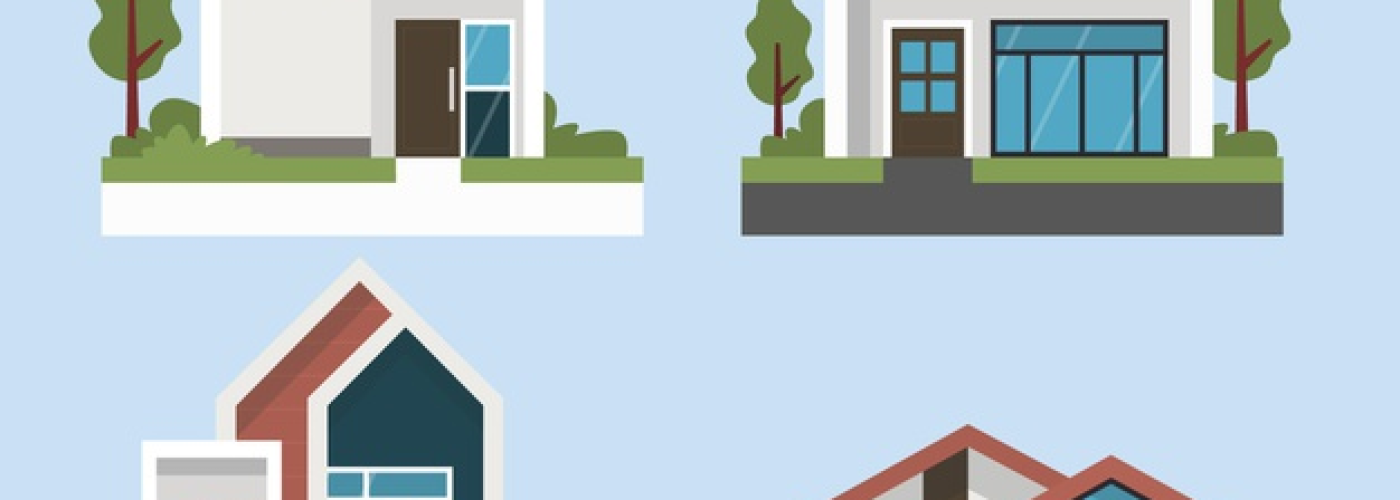The planet is warming, and governments around the world are recognising the need more for energy efficiency in the long term. This concern has resulted in net-zero targets that are affecting the way architects design homes and how they are built. From the outset, there need to be careful design considerations, not only to construct the best possible net-zero building today, but to allow future innovations to be easily applicable.
Energy-Efficient Design
The construction industry is rightly concerned about creating a net-zero standard. It is not only beneficial for the planet and a requirement of governments, consumers are ready to invest in these progressive capabilities. Some technologies for developing energy-efficient designs are already being deployed in new builds, such as carbon-neutral structures; others are emerging and still require specialised techniques to implement.
Although architects and designers are awaiting these progressive technologies there is much that can be done with today’s capabilities. The design stage is crucial. Making the right choices means the project is well-planned and capable of contributing to the net-zero ambitions. This means using better insulating materials and developing structures capable of onboarding energy-saving technologies in the future.
Green Construction Technology
Net-zero construction must implement the latest in green technologies to be successful. To design a building for the future architects and designers, such as peter blacker & associates need to model the building carefully in the planning stage and assess the needs and possibilities of the construction. This modelling technique allows designers to visualize the building and make strong decisions. These might involve using prefabricated construction technology to create more energy-efficient homes.
Some buildings may call for different materials and structures to fit with budgets and still meet net-zero targets. The modelling software can effectively assess what is required for a highly energy-efficient home and what materials or devices will work with the project. For instance, the modelling software can efficiently analyse different pumps, and heat pump and an air pump, then tell the builders which is more energy-efficient.
Net-Zero Insulation Methods
One of the most effective and cost-efficient ways of achieving net-zero emissions is to construct buildings with excellent insulation. The process of super-sealing refers to the practice of air-sealing building to prevent excessive heat loss. More and more, super-sealing is being used in modern construction as a way to make building more efficient and achieve government targets. Super-sealing allows buildings to store the heat generated for longer and improves their energy rating.
There are various types of insulation that can be used such as SIP panels which are excellent for sealing a building. Even so, super sealing can still be used to further insulate the building. A super seal is applied continuously throughout the building and is very effective for reducing energy consumption. A super sealed building does not only prevent heat loss, it also provides optimal cooling within the building during hot dry spells.
The Power of Renewable Energy
To create the net-zero home of the future architects and designers will not only consider the material structure of the buildings, but they will also have to think about the type of energy used to heat homes. Solar power was once the best and most viable option for clean energy, although it is somewhat impractical. Today there are several clean energy options. Some are more efficient than others, but it’s likely a combination of sources is needed.
Homes built today with net-zero aspirations will use insulation, solar power, wind power, and possibly new technologies such as geothermal heating. Geothermal heating involves boring a hole deep into the earth where the temperature is a constant 45 degrees. This heat can be tapped and used for the home indefinitely, and without emitting harmful carbon into the atmosphere.
Energy-Efficient Systems and Appliances
Architects and designers can work tirelessly to create the perfect net-zero home, but sometimes efforts also need to be made by those living in the buildings. What use is insulation if doors and windows are left open so the heat escapes? Similarly, what good is solar power if the building is still using fossil fuels? The long-term success of net-zero homes will require a collaboration between builders and owners.
As technology improves and new possibilities open up, building owners need to be willing to upgrade as necessary. Heat pumps, water pumps, and geothermal systems might be expensive to install at first, but they also present huge benefits and excellent savings to homeowners. Once installed these new technologies will make a noticeable difference in temperature and offer significant annual savings over the long term.





